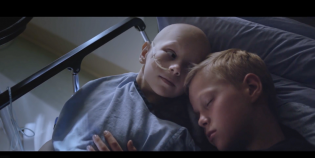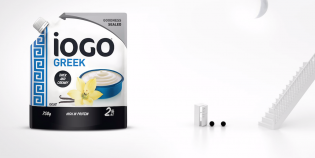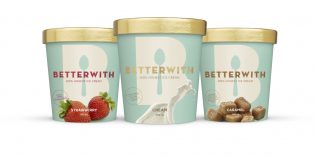 James White is the creative force behind Signal Noise, a Dartmouth, Nova Scotia-based design shop and blog that serves as a vehicle for all White’s creative projects. He’s designed for the likes of Toyota, Nike and Google, but he’s perhaps better known for his personal projects—an ongoing series of film posters that act as both alternative marketing materials and a tribute to White’s favourite pieces of popular culture.
James White is the creative force behind Signal Noise, a Dartmouth, Nova Scotia-based design shop and blog that serves as a vehicle for all White’s creative projects. He’s designed for the likes of Toyota, Nike and Google, but he’s perhaps better known for his personal projects—an ongoing series of film posters that act as both alternative marketing materials and a tribute to White’s favourite pieces of popular culture.
In 2012, his poster for Drive became such a big hit online that the film’s distributors sanctioned it as official merchandise and let White sell copies on his site. This week White showed off some of his work at FITC in Toronto and spoke about his creative process. Ahead of the event, Marketing talked with White about working pop culture influences into client design work, the current state of film marketing and why he hates the term “spec work.”
You do a lot of spec work, including alternative movie posters for classic and cult films like Blade Runner, The Thing and Drive. How does your personal work differ from client projects?
I never use the term ‘spec work’ because it feels a bit dirty. I prefer to call them personal projects that just happen to bounce off of pop culture. My objective is to always produce the kind of work personally that I’d like to be doing for clients, and it’s worked to some degree. So in that way, there’s not a lot of difference between what I do for clients and what I do for myself. The biggest difference is that I can go bananas on my own work without the need to worry about some creative director getting scared because I used too much hot pink.
A lot of the work you publish on your blog, Signalnoise, is inspired by pop culture. How do you bring those references into your work for brands like Nike, Google and UbiSoft?
It’s mostly through style and effects. Being a kid of the 80s I grew up seeing over-the-top embellishments on type, like chrome or flares or rainbows or ‘painted’ pink stuff. So even though I can’t bring in direct pop culture references, like logos or characters, I love paying tribute to that era through the way I handle style and composition. The people I tend to work with enjoy my work for those reasons. It’s new yet familiar. I dig that.
Many brands you work with, from video game titles like Far Cry 3 to entertainment companies like MTV fit your esthetic, which is inspired by 80s music and video games. What do you do when a client’s brand doesn’t suit your usual style?
I still get the job done. In the end I’m still a designer who needs to achieve the goals of the job. That’s what I’m being paid to do. So when I’m dealing with a client who isn’t all rock n’ roll I have no problem bending to suit their needs. You have no choice when you’re on the clock. Those jobs are never boring, just a change of pace which I could use every now and then.
The movie posters you make are visually very different from the ones Hollywood studios create. Do you think yours could work for big blockbusters?
No. Over the last 20 years or so Hollywood has been moving toward safe posters focusing on big photos of the main actor. The result is that the audience has been conditioned into seeing movies based on whoever is in it, not because it looks like a good movie. When I make my posters I try to capture the atmosphere, story and characters in the film, none of which are the main goals of modern movie posters. Sure, there are a few good ones that come out every now and then, but for the most part that whole industry is run by marketing people who use their little formulas in order to hit the dumb centre of their target audience. It’s lame, and I want nothing to do with it.
Would I like to create an official poster for a blockbuster? Absolutely. But I highly doubt any marketing person would be gutsy enough to go against the formula. Official movie posters aren’t art anymore, they’re forgettable. They’re landfill.










